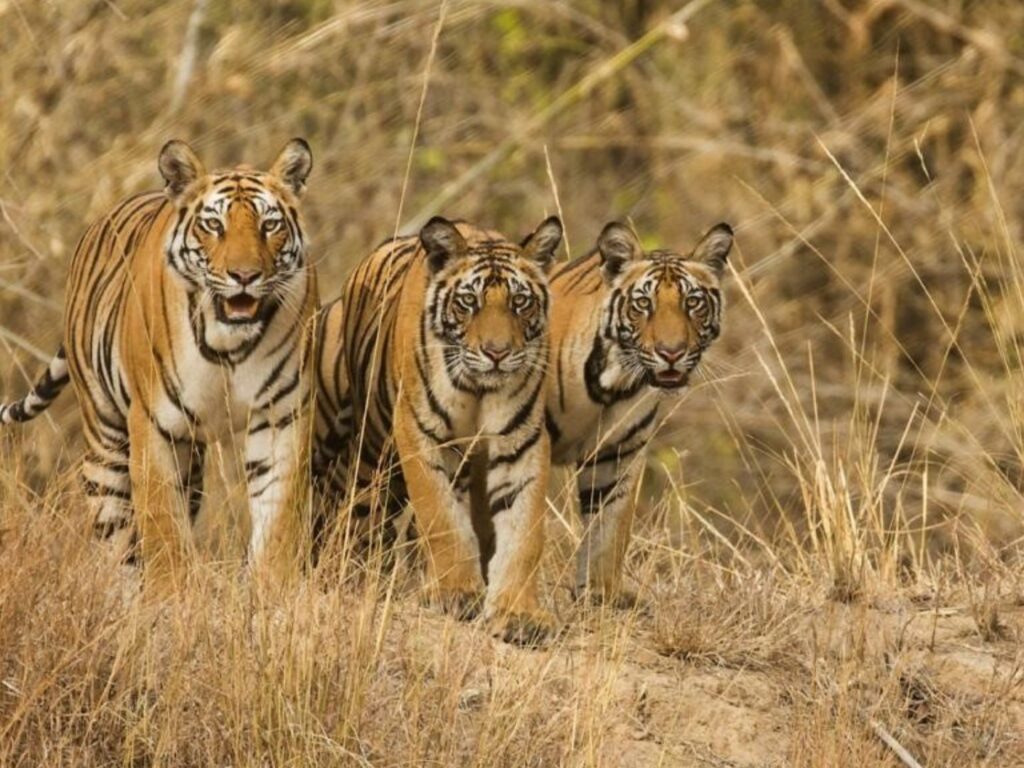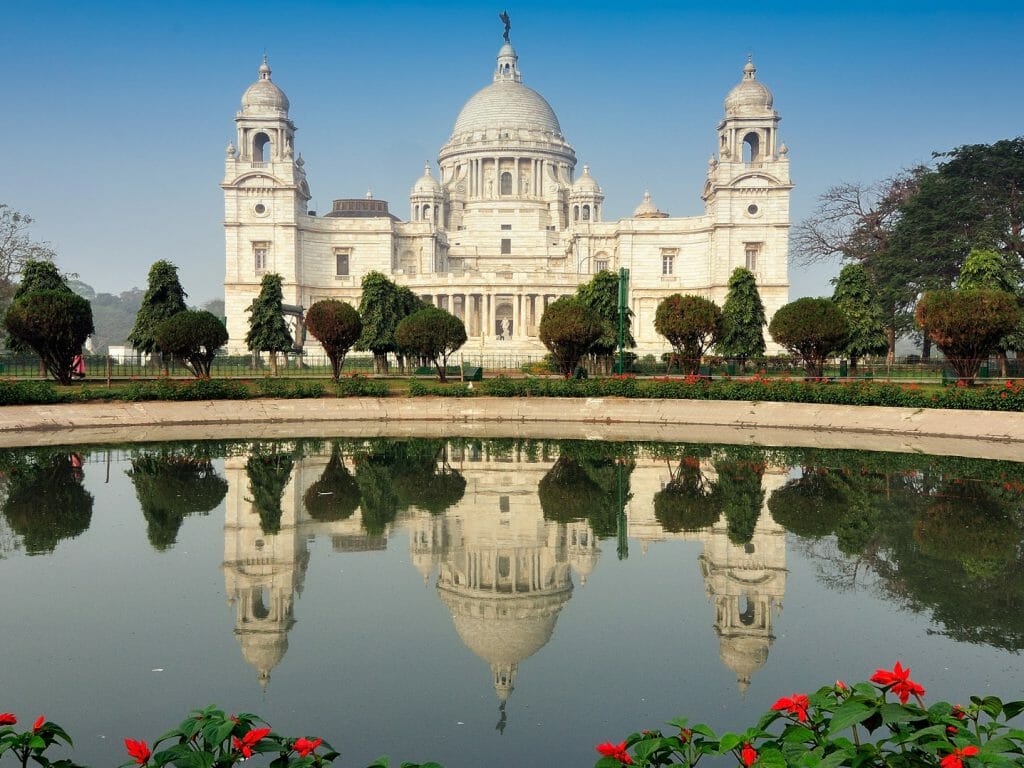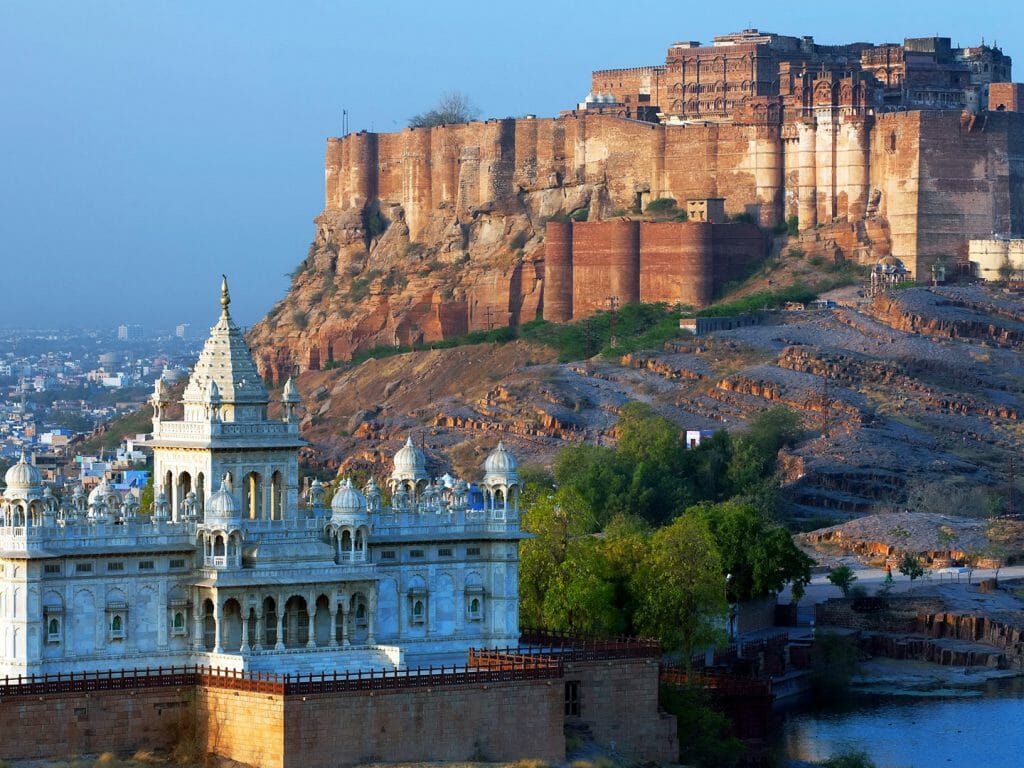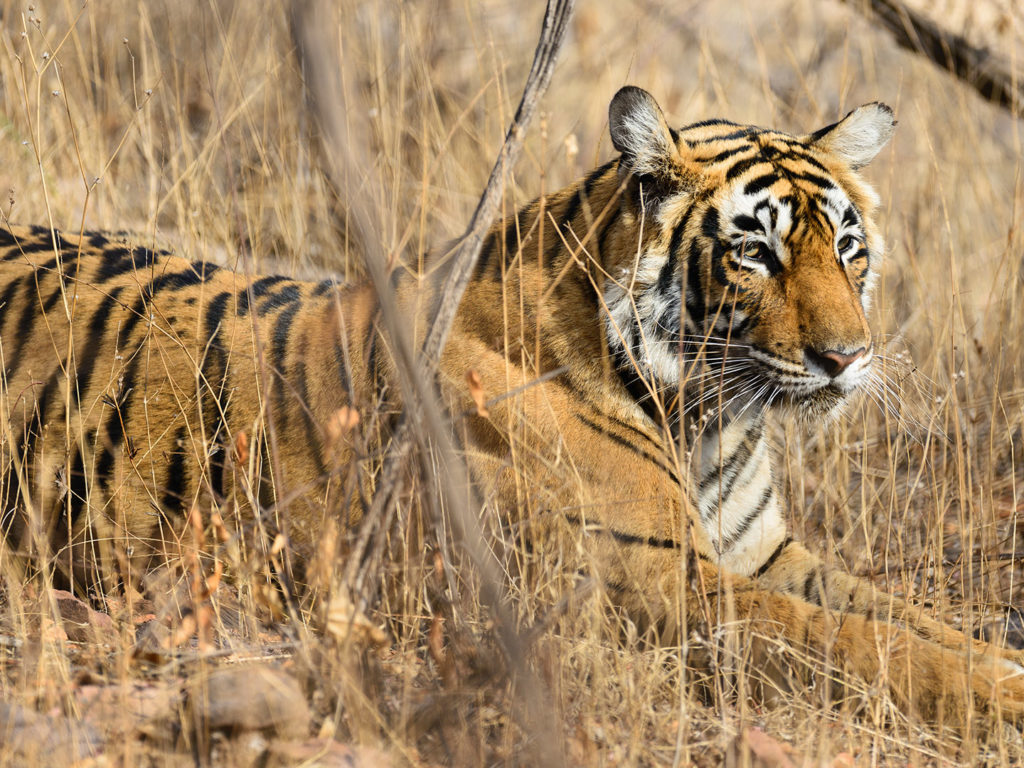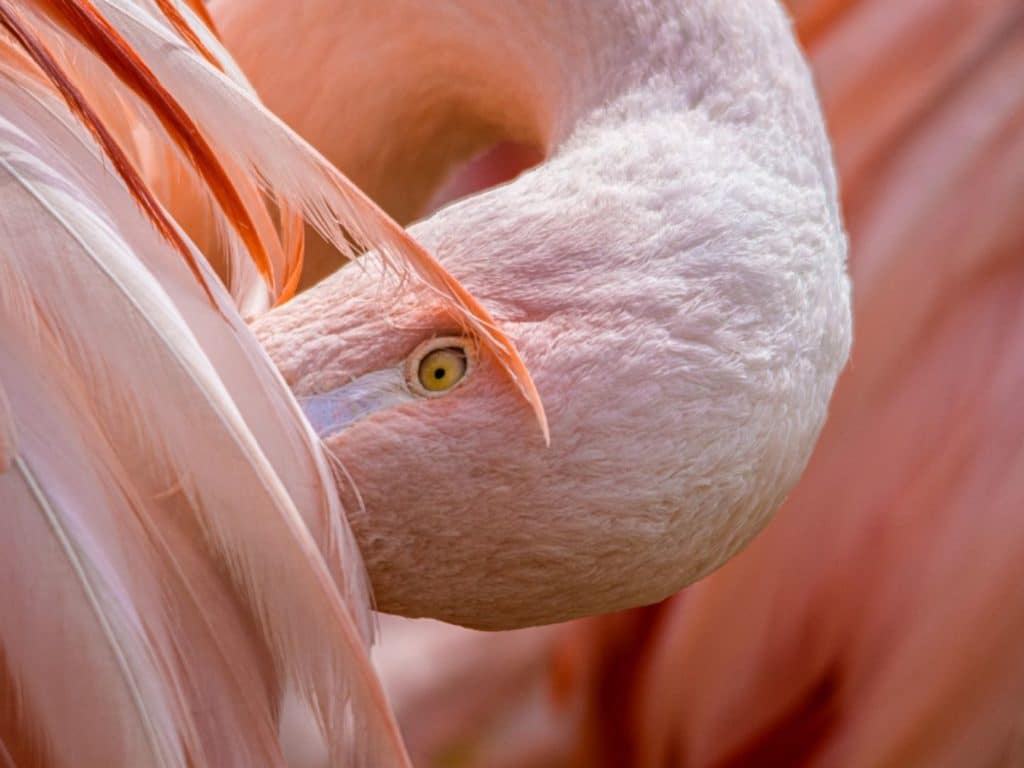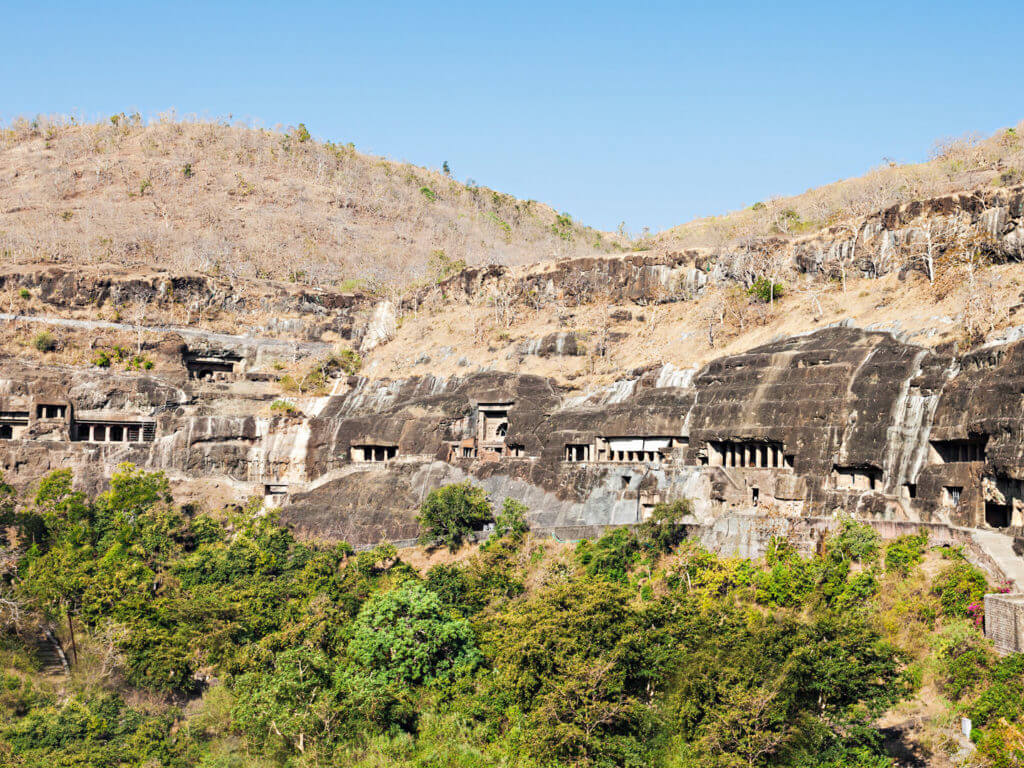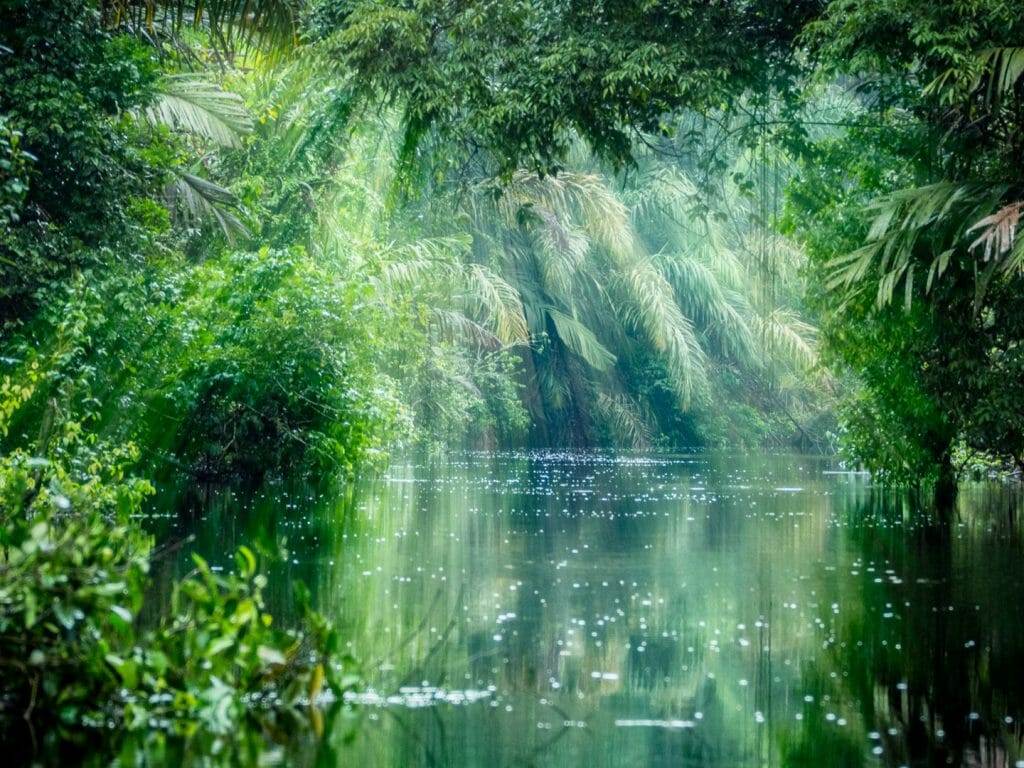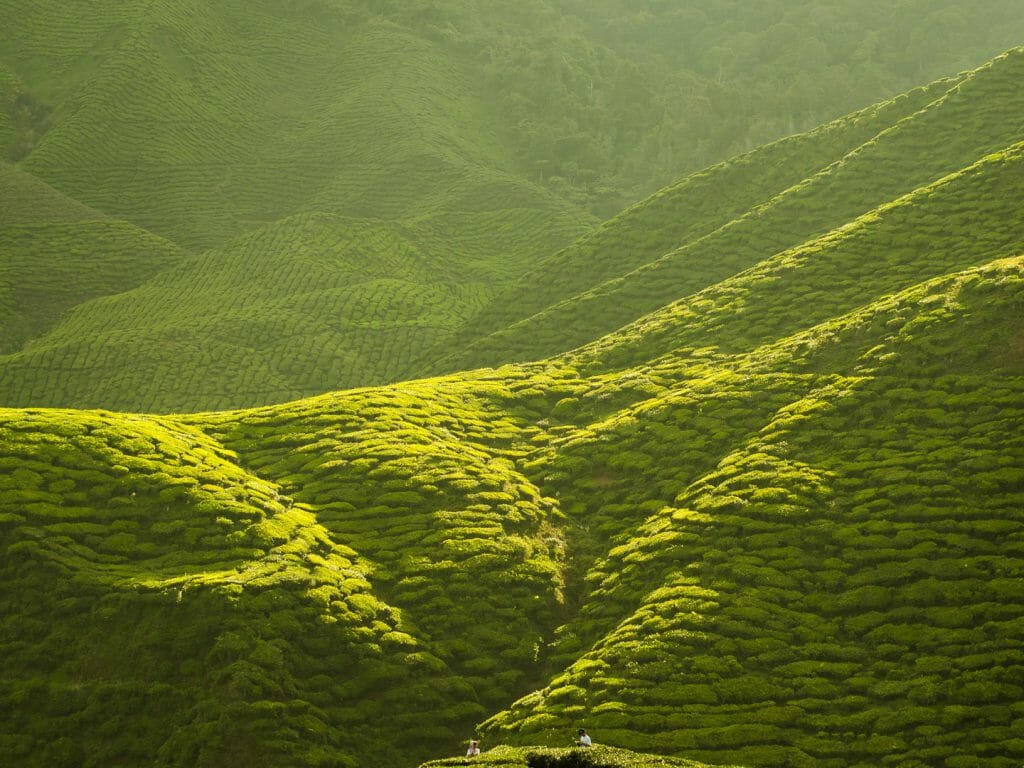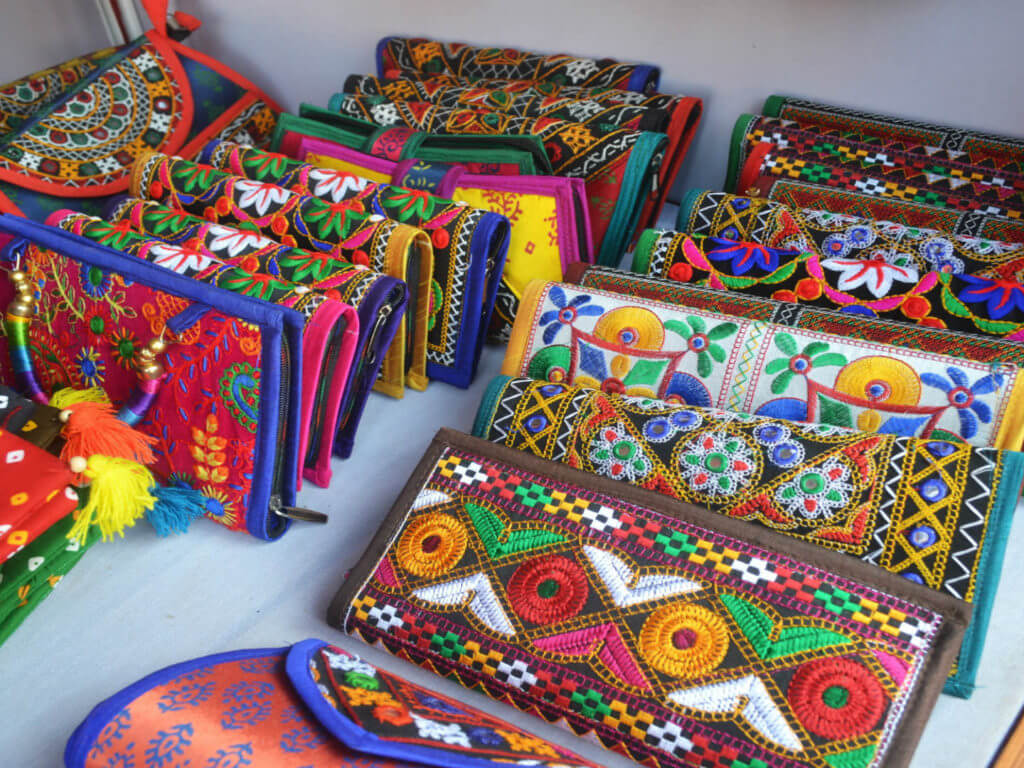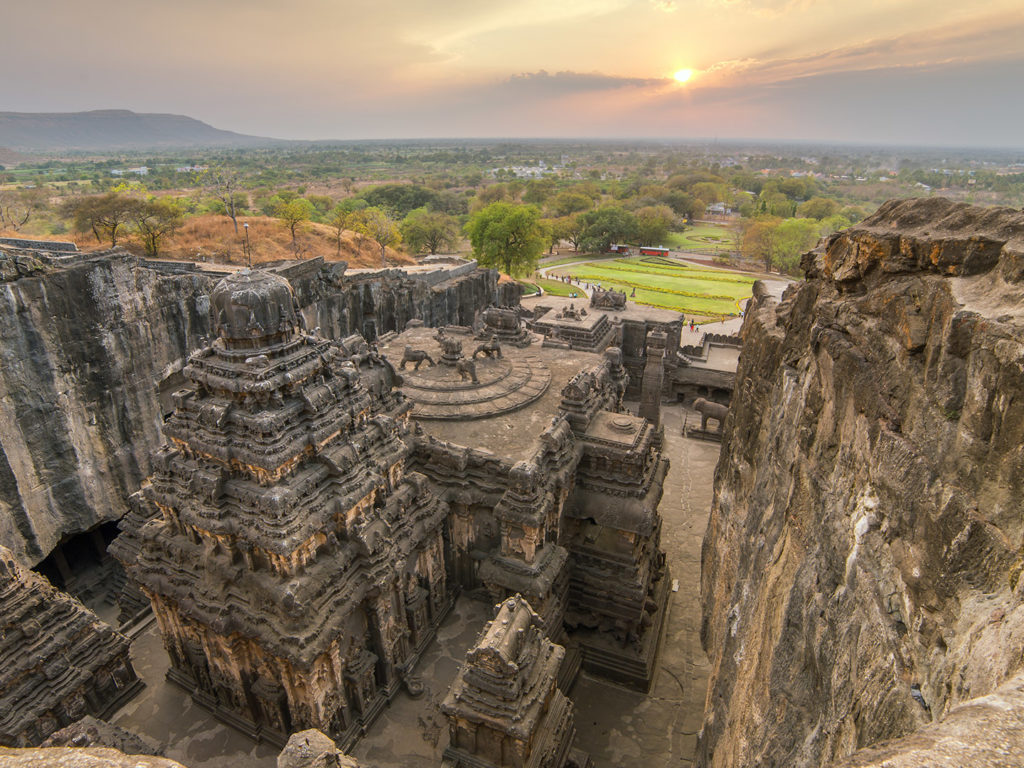Hampi is a forgotten kingdom whose story is set in stone. Along the banks of the Tungabhadra River once flourished the greatest empire seen in southern India. What we see today are the remnants of six months of burning and wanton destruction.
The name Hampi is derived from ‘Pampa’ – the old name of the Tungabhadra River, on whose banks the capital city of the Vijayanagara Empire was built in the early fourteenth century. The site was chosen because it had natural defences, in the form of rocky hills on three sides and the river on the fourth. By the sixteenth century, Hampi was a thriving, bustling city with a population of over 500,000 making it the world’s second-largest medieval-era city after Beijing, and probably India’s richest at that time.
Its wealth was founded on trade and its reputation drew traders from Persia and Portugal. Chronicles left by Persian and European travellers, particularly the Portuguese, state Hampi was a prosperous, wealthy and grand city with numerous temples, farms and trading markets. Domingo Paes, a fifteenth century Portuguese trader described a busy colourful and beautiful city.
The Vijayanagara Empire was unable to live up to its name – Vijayanagara literally means victory city – and it was defeated by a coalition of Muslim sultanates at the Battle of Talikota in 1565. Hampi was laid siege to for six months and ultimately overrun by the Sultan of Bijapur. As legend has it, the city’s temples were ravaged by the invaders and its sandalwood palaces burnt down in an attempt to wipe it clean from popular memory.
This once dazzling Hindu capital was devastated. Only stone, brick and stucco structures survived the ensuing sack – monolithic deities, crumbling houses and abandoned temples dominated by towering gopuras – as well as the irrigation system that channelled water to huge tanks and temples, some of which are still in use today.
And so Hampi was forgotten – its stone survivors overwhelmed by jungle growth until British army officer, Alexander Greenlaw, photographed it in the mid-1850s. Today the ruins of over 500 monuments of beautiful palaces, temples, aquatic structures, royal pavilions and treasury buildings making Hampi a UNESCO World Heritage site that covers some 26 square kilometres.
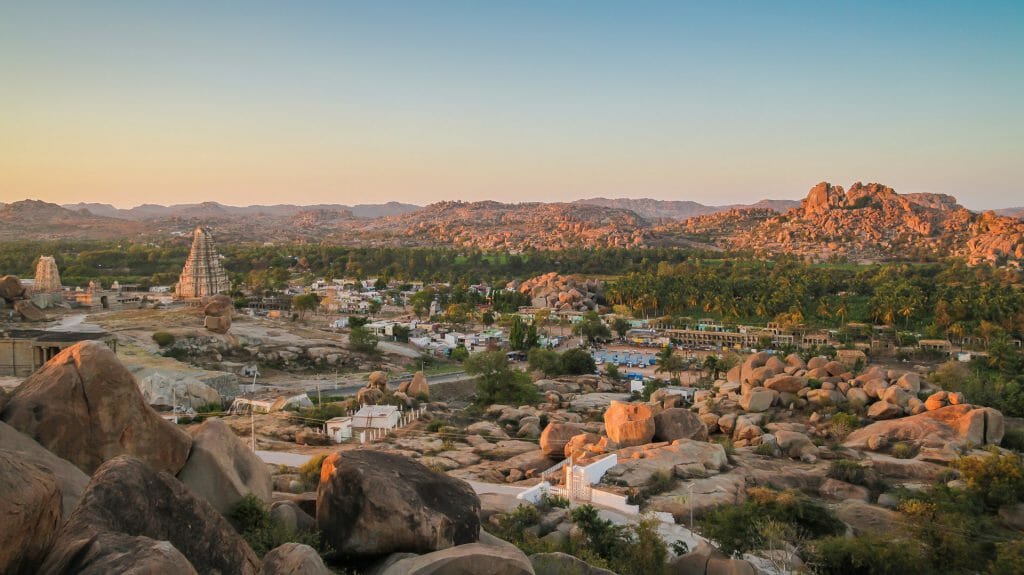
Hampi might have lost its colour and bustle of trade but not beauty. Driving amidst the surreal landscape of golden-brown boulder-strewn hills contrasting with the deep green of lush and leafy banana plantations and the verdant green of paddy fields.
My first stop was Malyavantha Raghunatha temple, a living temple as evidenced by the chanting of Hindi scriptures and the silent prayer of a solitary sadhu. Large granite blocks are adorned with motifs of fish, elephant and snakes. How the Vijayanagara stone masons managed to carve such hard rock so precisely is a source of wonder. So too how the gigantic blocks were cut and put into place – elephants and ramps are the supposition for the latter. The former is an engineering masterclass. When a rock was cut, a sequence of holes was made on the stone’s surface. Then dry wooden pieces were pegged into the stone and doused with the water. As the pegs expanded, they caused the stone to split and break apart.
Above the granite blocks is a more subtle and delicate brick work adorned with the most beautiful carvings and clambered over by macaques. The intricacy of the stone carvings is as baffling to me as the names of the temple and dynasties involved.
Walking into Vittala temple, the largest and arguably the most famous complex in Hampi that was built in the early sixteenth century, I was besieged by a large school group, all smiles, high fives, asking where I was from and demanding selfies with me. Whilst playful fun, for me the attraction lay elsewhere. En route to the main temple, the Gejjala Mandara is a small but ornately decorated structure that is believed to have been used for performances – dance reflected in the peacock motifs that embellish the base of the structure.
Entering the Vittala temple the quality of the craftmanship is staggering. Here the macaques go unnoticed. The precision of the famed stone chariot is eye-catching. But for me, the 56 musical pillars of the Ranga Mantapa best exemplify the immense creativity and architectural excellence of the sculptors and artisans of the Vijayanagara era. The exquisitely fine pillars are of differing heights and widths to provide singular and unique tones – thicker shorter pillars emanating a deeper bass note. Tapped with camel bone the sound of the pillars resonates and is amplified around the temple.
The elaborate carving throughout Hampi is staggering. So too its water engineering. The canals and aqueducts are an obvious manifestation of this but even the detail and design of the architecture of the temples is designed to harvest water. With such resource management the empire was able to sustain not just its human population but thousands of elephants and in particular those housed in the elephant enclosure.
The Royal Enclosure was the preserve of the erstwhile kings. Whilst largely in ruins, the knee-high archaeology that remains gives a staggering sense of scale and speaks loudly of the life and spectacle that it once contained in its 59,000 square metres. In particular the three-tiered eight metre high platform that is Mahanavami Dibba. Each tier of the platform features intricate sculptures that depict the life of the time and more dramatic moments such as a hunting dog chasing deer and a tiger attacking an elephant.
The two and half metre statue of Lord Ganesha carved out of a single block of rock at the Sasivekalu Temple is impressive. More intriguing was the elephant in the Virupaksha Temple, the oldest temple in Hampi – having been built in the fourteenth century – and still very much a modern day place of worship. Money was handed over willingly to the mahout who then instructed the elephant to place its trunk on the head of the ccc in blessing.
Perhaps most remarkable are two modern facts about Hampi. With continued excavations, the site is set to expand to 35 square kilometres. And secondly that only 400,000 tourists visit this site a year of which 60% domestic. This will surely change not least with improved air access.


